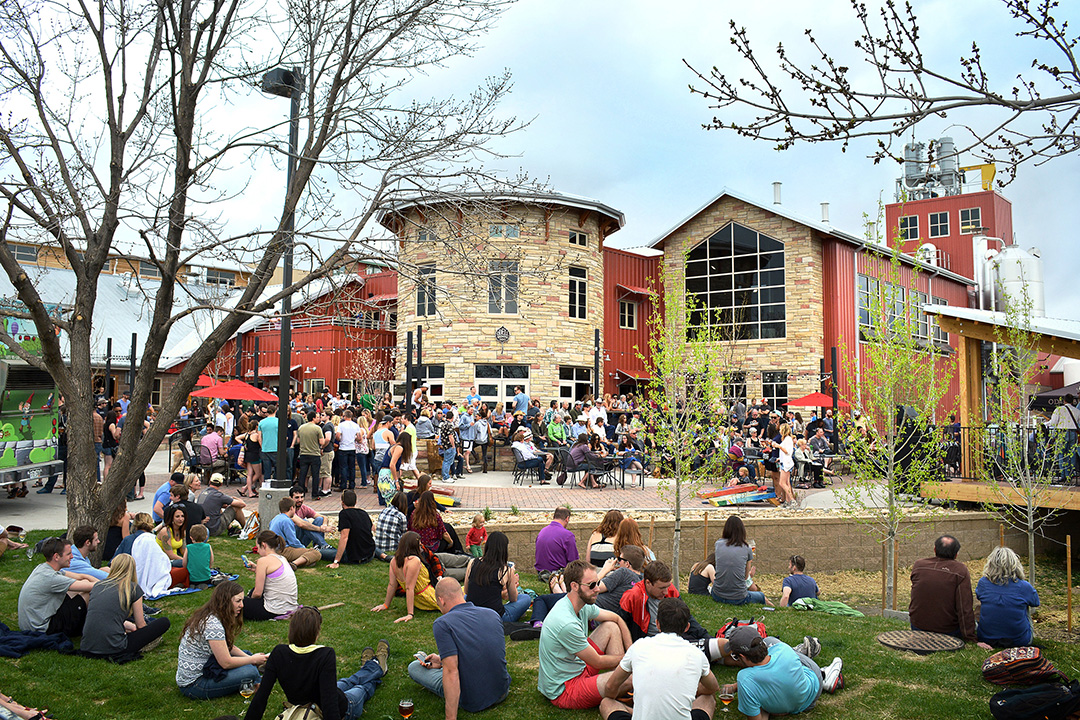
In a day where businesses’ social media presence is critical to their brand, breweries have to update their social media platforms daily. Social media is constantly evolving, and to stay relevant with the younger generations, breweries must evolve their strategies too. At the same time, they must follow state and federal guidelines in their posts and ensure their posts aren’t catered to underage youth.
When Will Rogers, Head of Marketing of Schlafly spoke with Brewer, he said Schlafly has to adapt day by day. Between metrics, updates, and new platforms, social media is perpetually changing.
“You always have to be on the lookout for how your content is performing along with others are doing that works best,” Rogers said. “There are new features that are coming out every day that you have to learn quickly and utilize before the next trend comes out.”
He admitted it can be hard to keep up at times. One thing that helps though, are analytics tools, which businesses can use to see how posts are performing.
“We use analytics to drive our monthly calendar,” Rogers said. “It helps determine what content we’re putting out performs best, what platforms we need to focus on, and how to increase engagement.”
Being able to change voices throughout different social media platforms is key in reaching the right audiences because different audiences are attracted to different platforms.
As with all alcohol though, breweries have to toe a fine line and be careful in how they post.
Rogers said the Brewers Association is a great resource for knowing what to post and what to be wary of.
“One of the biggest no-nos is targeting to underage people,” he said. “The other is avoiding and drinking on camera.”
Firestone Walker Brewing Company takes advantage of a relatively new feature on Instagram, introduced in 2016, the Instagram Story.
“We see Instagram as the leading social platform and that there’s a huge opportunity when it comes to sharing UGC (User Generated Content) and in-the-moment content,” said Amanda Ford, Social Media Strategist for Firestone Walker. “Over the last few years, we’ve increased our photography to offer a cohesive look and feel of our brewery and branding, as well as help build a professional, fun and engaging space for our fans.”
Firestone also prioritizes video and has made an effort to increase the amount of footage it uses in social media to stay “current and fresh,” said Ford, adding that “a photo of our beer being poured is great, but a video can showcase the mouth-watering appeal.”
For Ford, having success on social media means posting regularly and tracking analytics frequently.
It’s also important to realize, she said, that a post on one platform might not perform as well as the same post on another platform because the audience is different. For example, a post on Instagram will not reach the same audience as a post on LinkedIn, so catering posts toward different social media platforms is crucial.
For Instagram, the brewery’s posts are more visually-based and eye-catching to showcase the brand.
“In-feed posts can be more polished than what’s shared on an Instagram story which is a great platform for sharing content from followers and behind-the-scenes and in-the-moment photos and videos and interviews with key members of the brewery,” Ford said.
Similarly, Facebook is great for photos, but it’s more advanced, in that Firestone uses it to share and create events and to share links. Twitter is good for posting multiple times a day and being involved with followers and other breweries in industry conversations.
Firestone makes a point to engage with its followers with daily community management.
“We have a very small team who acts on behalf of “the voice” of the brewery and make sure that words and messaging reflect our company’s brand and ethos,” Ford said.
Working with the California Brewers Association helps Firestone stay up to date with the latest laws and keeps employees at the brewery on the same page. Firestone follows California ABC guidelines which prohibit the promotion of retail outlets.
Cohesion is key for Firestone’s social media. What’s posted on social media should follow what’s posted on the website and vice versa.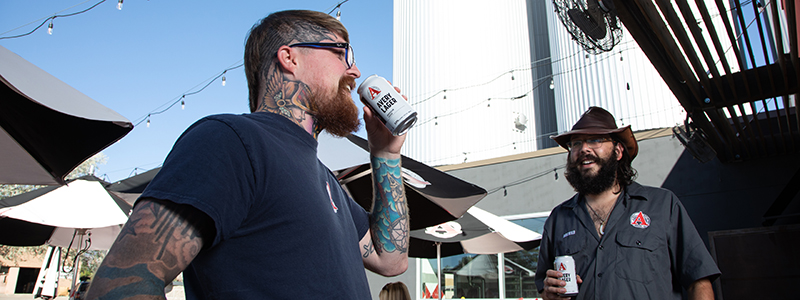
For Krista St. Charles at Boulder, Colorado’s Avery Brewing, social media has evolved, but not necessarily for the better.
“Social media was easier when channels were organic and less monetized,” she said. “We used to post fun and creative content, our fans would see it, and we’d get great interactions. Now we also need to think strategically about when we post, how we get engagement, and when we should invest in boosting content.”
Similarly to Firestone, Avery prioritizes engagement with consumers, by keeping up with answering questions and engaging with customers with likes, retweets, shares, comments, and DMs.
“We value each and every interaction with our customers, so we work hard to stay current with the new and different ways customers are using these platforms,” St. Charles said.
Using Sprout Social, a social media management software, Avery keeps a record of its metrics such as audience engagement, growth, and impressions. These metrics allow Avery to determine the best days and times to post content for maximum engagement, as well as how content should vary between platforms.
St. Charles said posts on Facebook usually go out around 9 a.m. or 3 p.m., while Instagram posts are usually 3 or 6 p.m. Twitter is used whenever needed, since its primary purpose is for engaging with followers and adding to the craft beer conversation.
Facebook is primarily used for sharing events and blog posts, while Instagram serves a different purpose for Avery. Focusing on its “Beer First. The rest will follow” motto, photos of Avery’s beer out in the world are posted to Instagram, “emphasizing how our beers bring joy to our customers and our community,” St. Charles said.
Avery Brewing tried Snapchat in the beginning, but soon ditched the effort after realizing true fans weren’t paying attention; the brewery instead focuses its energy on the other platforms.
The number one page visited on Avery’s website is its draft beer list. The website also shares details of its brewing process, Avery’s journey along with the “Beer First” message, and its contributions to brewing science and innovation.
“We have to be wary of how we post in certain states,” St. Charles said, and it’s not only about not targeting those who are underage.
“Most importantly, we never speak poorly of our fellow brewers,” St. Charles articulated. “Adam Avery has always believed in promoting craft beer as an industry and an institution. We want to make sure that we have fun with our posts while emphasizing responsibility.”
Odell Brewing (taprooms in Fort Collins and Denver) has begun working on in-house video content that gives customers a sneak peek of the goings on behind the curtain, with Instagram its primary focus. After shooting for this ideal aspect ratio on Instagram, 15-second cuts are published on Instagram Stories and then linked back to the whole story in Odell’s feed.
“People are getting fatigued with social media and all of the overly curated branded content. It’s important to adapt to new platforms (i.e. Instagram Stories) but also understand what your fans want from you,” said Kristen Wood, Odell’s co-owner and community manager.
“The best part about working at a brewery is all of the people that love making and sharing beer. So when we can share those moments with our fans, they pay attention.”
The way to beat the game for Wood is paid advertising on social media. Odell has allocated advertising money to build highly personalized and targeted social campaigns.
The company also values quality over quantity. Because the social media landscape is already so saturated, “We try not to post for the sake of posting and always make sure we have a compelling story to share,” Wood said.
More than anything, Wood wants to have fun with customers while being as helpful as possible.
“Lately my favorite thing is re-sharing our follower’s Instagrams or IG Stories in our story,” Wood said. “The other day a follower and Odell Brewing re-shared each other’s stories like four times and then at the last share I added a #shareception. That got a lot of laughs.”
Still, when making paid campaigns, Odell makes a point to target audiences over 21 and to not joke about overconsumption or irresponsible actions like drinking and driving.
“I don’t believe that you can “break the algorithm” because it’s always changing. You just have to keep testing new strategies and keep your content mix equal parts fun, informative, aspirational, and dogs,” Wood said.
“When in doubt, just share a photo with a dog.”
Avery photo courtesy of Dustin Hall, Brewtography Project

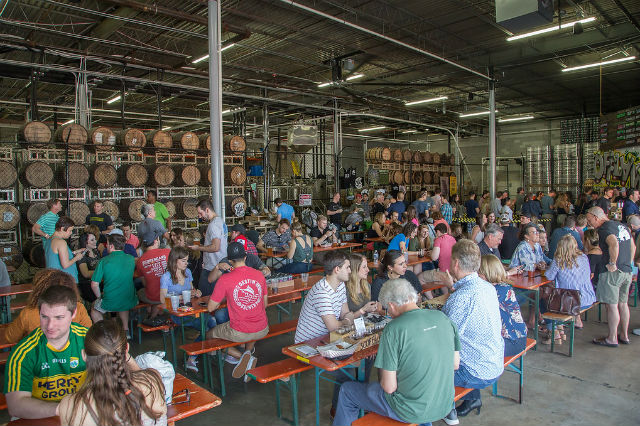
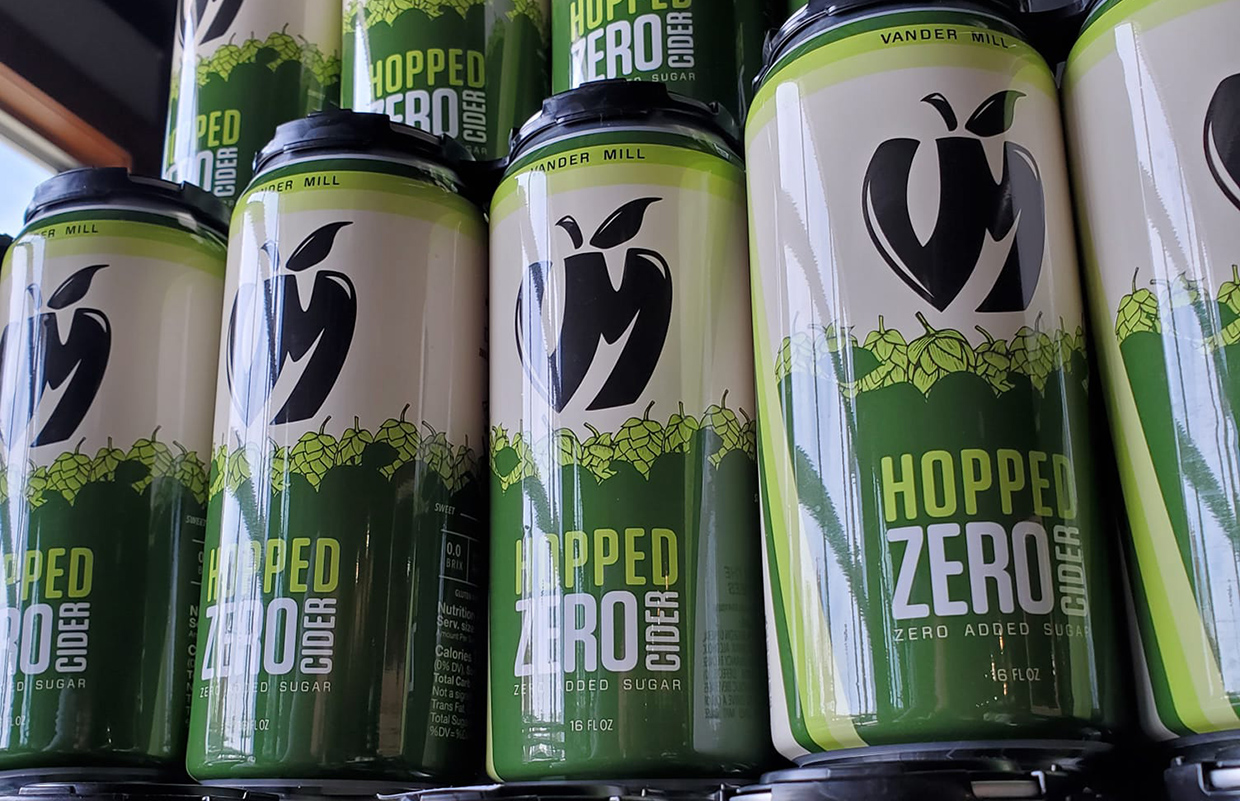
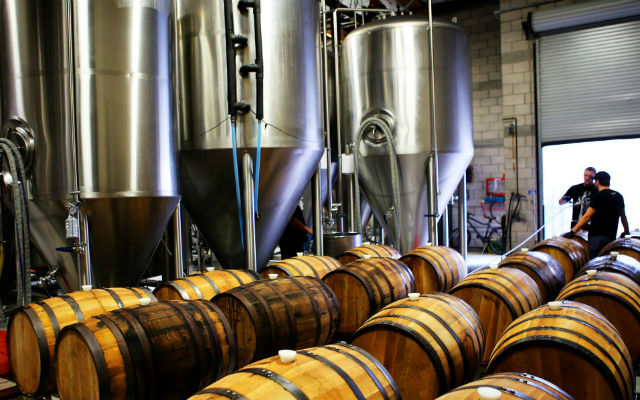
1 Trackback / Pingback